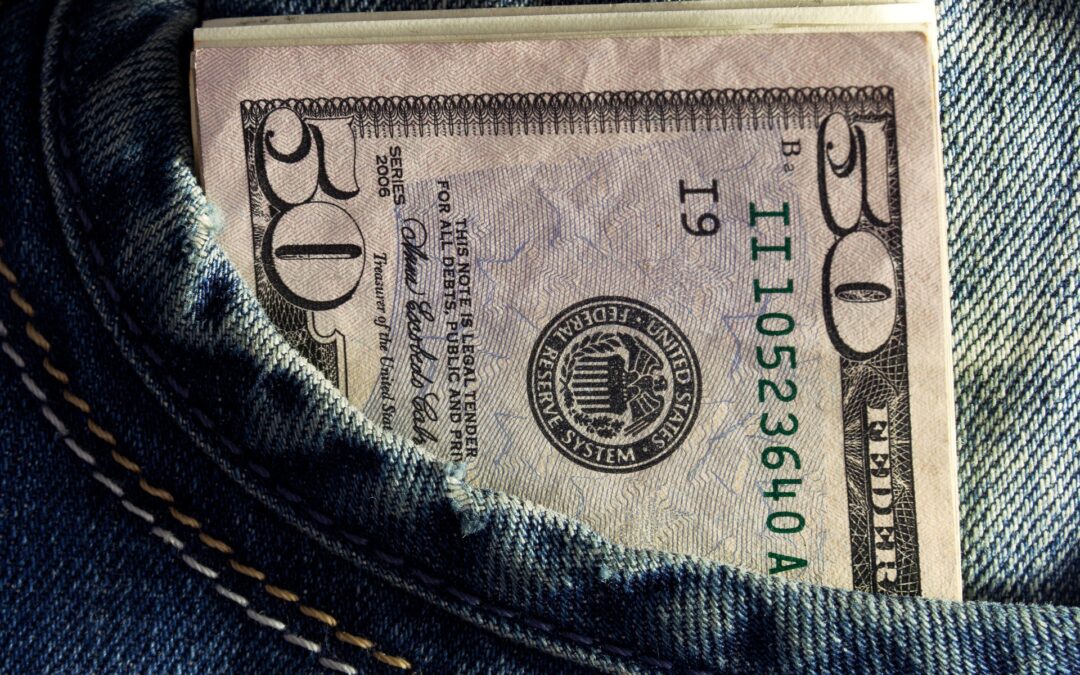U.S. banknotes go through a lot during their “lifespan”. A lot. Banknotes are constantly passed around. They go through the washing machine by accident. They can be stepped on, burned, defaced, torn, and many, many other destructive practices. Since U.S. currency is not indestructible, what happens to it when it becomes unfit to remain in circulation?
According to the Federal Reserve Bank of St. Louis, “Generally speaking, U.S. paper currency that’s no longer fit for circulation is removed from circulation by the Federal Reserve System. However, different fates can befall a bill, and there are different processes for handling money depending on what happened to it.”
The Lifespan of U.S. Currency
How long is the lifespan of U.S. Currency? The Federal Reserve states that, “The lifespan of Federal Reserve notes varies by denomination and depends on a number of factors, including how the denomination is used by the public. For example, larger denominations such as $100 notes are often used as a store of value, which means they pass between users less frequently than lower-denominations such as $5 notes, which are more often used for transactions.”
The Federal Reserve estimates that the lifespan of U.S. banknotes is as follows:
- $1 has a life expectancy of 6.6 years
- $5 has a life expectancy of 4.7 years
- $10 has a life expectancy of 5.3 years
- $20 has a life expectancy of 7.8 years
- $50 has a life expectancy of 12.2 years
- $100 has a life expectancy of 22.9 years
Unfit Currency
The Federal Reserve has a process in which worn banknotes are determined to be deemed “unfit”. This process involves complex, high-speed equipment as well as examining banknotes by hand.
Once currency is labeled as unfit and removed from circulation, the bills are shredded and recycled are turned into compost.
What happens to shredded currency depends on the Federal Reserve office. In 2018, Federal Reserve offices around the country generated 5,287 tons of shredded currency and 86 percent of that was recycled. The New Orleans branch of the Federal Reserve uses the cash shreds to be turned into compost for urban gardens. In Salt Lake City the shreds are burned to cure cement. In Boston the shreds are burned and turned into electricity for surrounding communities.
So, long after cash has lost its purchasing power in this country, it goes on to play a supporting role in how our country functions on a day to day basis

